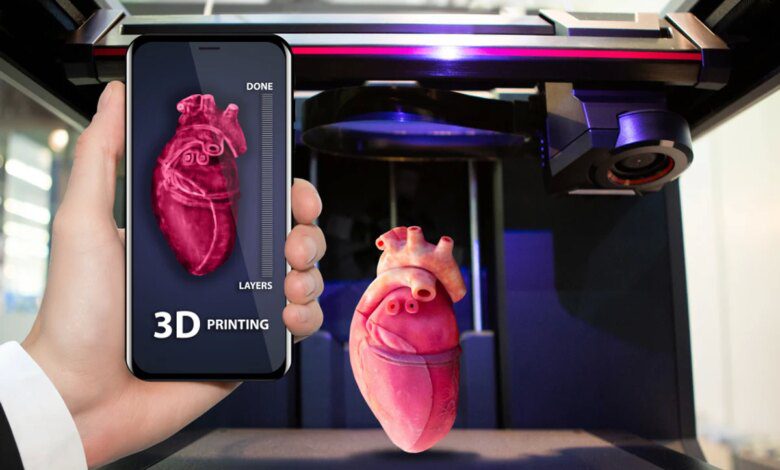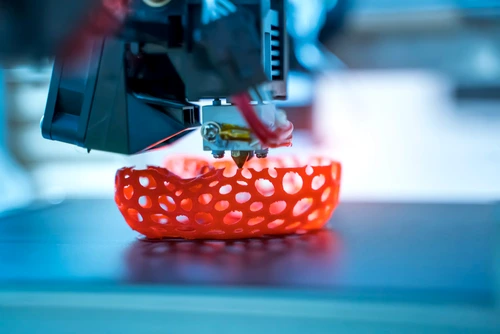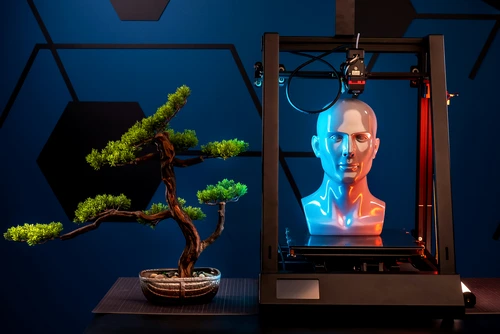
The 3D printing revolution—from unborn babies to criminal weapons
Once considered a technology of the future, 3D printing is now in high demand. With its help, new embryos, military weapons and even houses are created!
How does 3D printing work? The system uses computer-aided design to create three-dimensional objects by simply layering materials on top of each other to achieve the final shape.
3D printers appeared several decades ago. The first such device was created in 1981 and was used to create small figurines and models for the manufacture of other products. In the meantime, we are dealing with a real revolution, with the use of 3D printers in the medical industry, which, by the way, they revolutionized. Hearts, skin and even ears were printed in just a few hours, eliminating the need for donor organs.
Some companies have gone even further, creating replicas of fruits using images obtained during ultrasound scans. What can a 3D fruit be used for? This gives expectant parents the opportunity to hold their baby before it's born! Amazing, isn't it?
3D food and houses are also gaining popularity. Researchers can print meat without having to kill animals. And 3D houses can be built in just a few days, rather than the years it usually takes us.
Certain materials are turned into "toner" which the printer lays down layer by layer to produce a final product based on the model selected by the person and loaded into the computer. As I said, this technology has only recently become widespread because such printers have become more affordable.
Their operating system has been greatly simplified, and the price of a 3D printer has even dropped to $300 in recent years. In other words, almost anyone can own and use a 3D printer.
3D fetuses give expectant parents a detailed picture of their unborn child, but at the same time they can be used to detect any abnormalities. That's exactly what Embryo 3D is doing, with Brazilian designer Jorge Lopes creating 3D fetuses for blind couples so they can see what their baby looks like, given that they can't see ultrasound images during pregnancy.
An unintended side effect of the growing popularity of 3D printers is the creation of deadly weapons. The first 3D gun was made in May 2013, cost $8,000 to make, and could penetrate human flesh and scalp.
It's legal to print guns in the US, but everyone frowns on it. In March 2023, a 30-year-old man was arrested for drug possession and also for creating 3D weapons in his home without permission.
Also in March 2023, engineers at Columbia University printed the world's first 3D cheesecake. The technology created the dessert by layering seven edible "inks" that formed a delicious triangular shape. Chocolate is an optimal material for 3D desserts because it can be melted, layered and hardened.
The "first house built by a robot" in America goes on sale for $300,000 in New York in 2021. It was built in 80 hours using a huge 3D printer. The Long Island home has three concrete bedrooms, two bathrooms and a garage.
Photo — Shutterstock

















